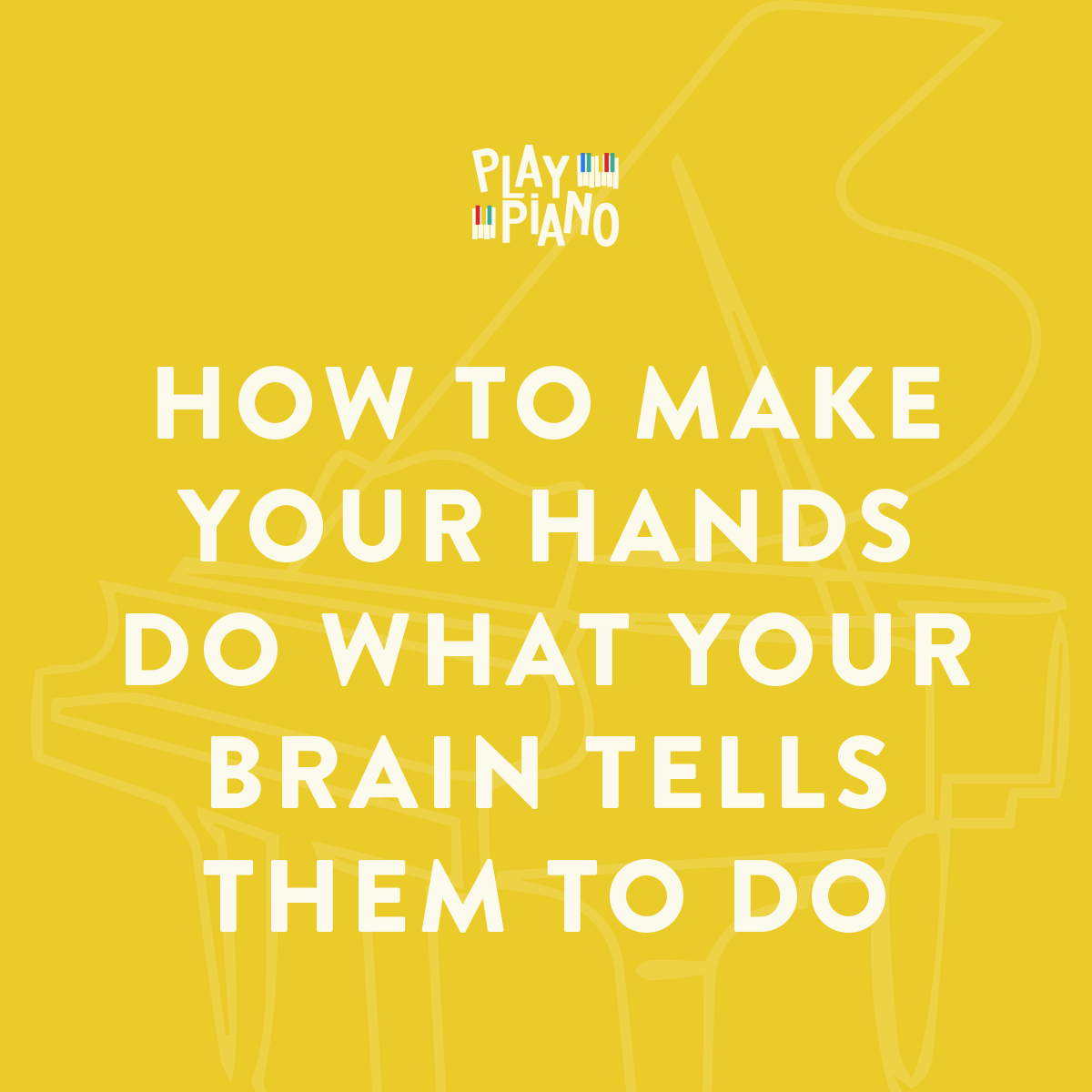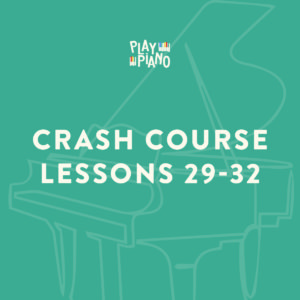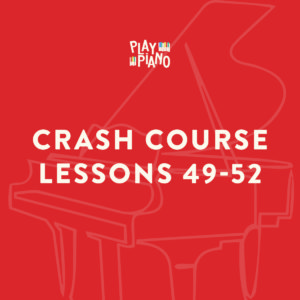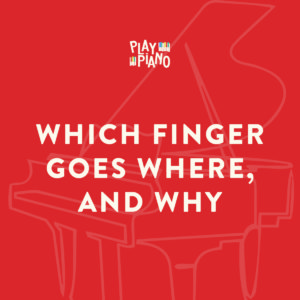Description
It’s one thing for you to know WHAT to do on the piano, but it’s quite another thing for your hands to have the technique to pull off what your mind tells them to do.
This course shows you how to go about training your hands and fingers so that they will be able to do what you tell them to do. You get a classic technique book along with this CD course and Duane demonstrates how to use it for maximum benefit.
Piano technique is often misunderstood by non-pianists as a skill people are born with or a skill that requires long fingers. It’s more about learning to use your hands and fingers comfortably and how to hit desired keys on the keyboard with your fingertips. The first step toward the goal of playing piano professionally is learning proper hand and finger placements. While there are many different ways to finger chords on a guitar, the piano is linear and requires a more strict way of learning chord fingerings.
Here are just a couple things to keep in mind:
- Let the palms of your hands point down with the tips of your fingers on the keys, as if you were holding a ball in each hand. Let each thumb and fingertip rest on a separate key and work on not raising fingers after they strike keys. Concentrate on not banging on keys, but using enough force to create sounds.
- One of the most understated methods to developing piano technique is simply to relax the hands and fingers, even when stretching fingers. Ultimately, you want playing to feel effortless. One way to make finger stretching feel effortless is to practice octaves with the thumb on a low note and your pinky on the high note. Use one of your other fingers to play a note in between. Apply this practice to both hands and concentrate on building strength in your weaker hand. Even though relaxing is important, beginning piano players must still learn to deal with a certain amount of discomfort as they train their muscles to move flexibly.
- Practice stretching your fingers as far as they can go without causing pain or injury. It’s actually a good idea to relax the whole body, especially the arms and shoulders. A good way to warm up for piano is to shake your hands and arms until tension can no longer be felt. You can also use one hand to massage the fingers on the other hand. Think of each thumb and finger as having a number, with thumb being number one and your pinky being number five. This helps remind you that each finger serves its own purpose and also reduces the clumsiness beginners may initially feel.
- Other piano techniques that can improve performance involve experimenting with various pianos and synthesizers, different time signatures, accents, tempos, inversions and songs that challenge your existing knowledge. A big difference between acoustic and electric piano is that you can learn to play notes faster, giving your fingers a chance to move freely.
- Another important aspect of piano technique is memorization. Think of each finger as corresponding to a note on the keyboard even when you are nowhere near a piano. It’s a good idea to learn to play piano without watching your hands, so that you can read music while playing or singing for an audience. Imagine that each fingertip has its own brain and knows where to go without help from your eyes.
Developing piano technique does take hours of practice, which cannot be avoided if you want to become a great pianist. Practicing scales is very important in creating a sense of second nature ability that bridges music theory with the mechanics of musicianship. Learn to play major and minor arpeggios on each hand. Alternating between the thumb and first finger on scales and melodies can improve speed and rhythm. Playing piano regularly is essentially to maintain growth and smooth performance.
This course contains an Instructional Audio CD and Technique Book








Reviews
There are no reviews yet.